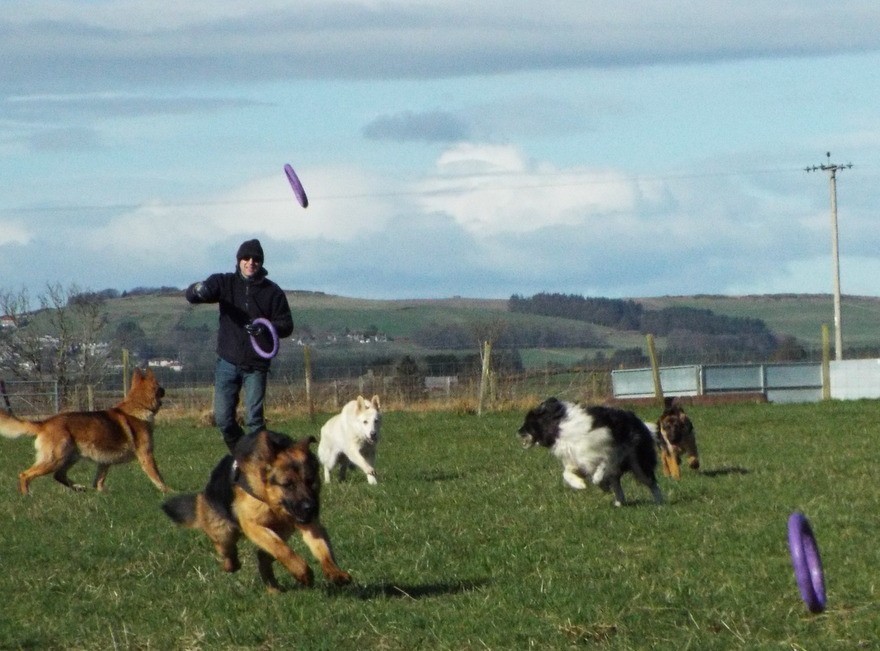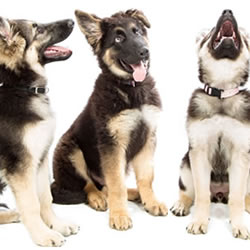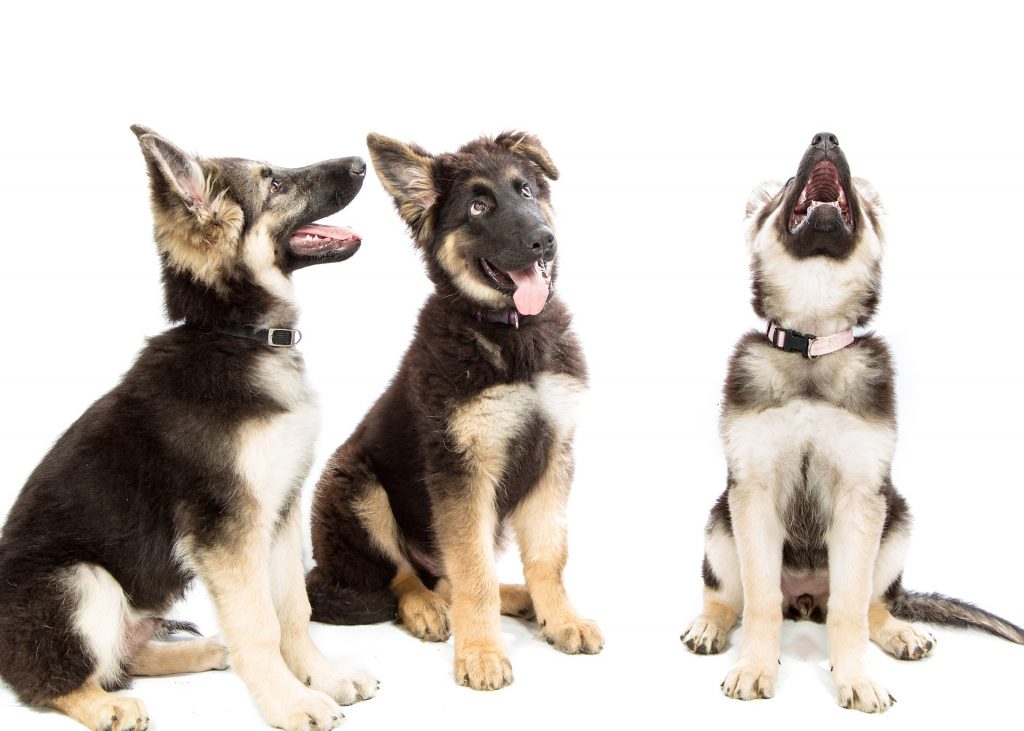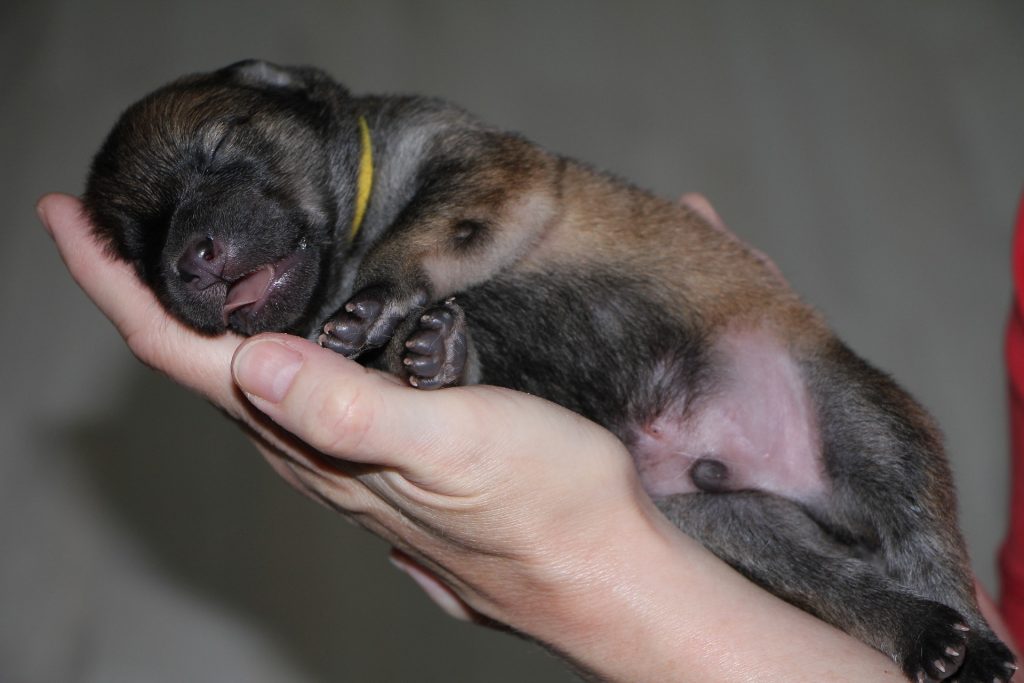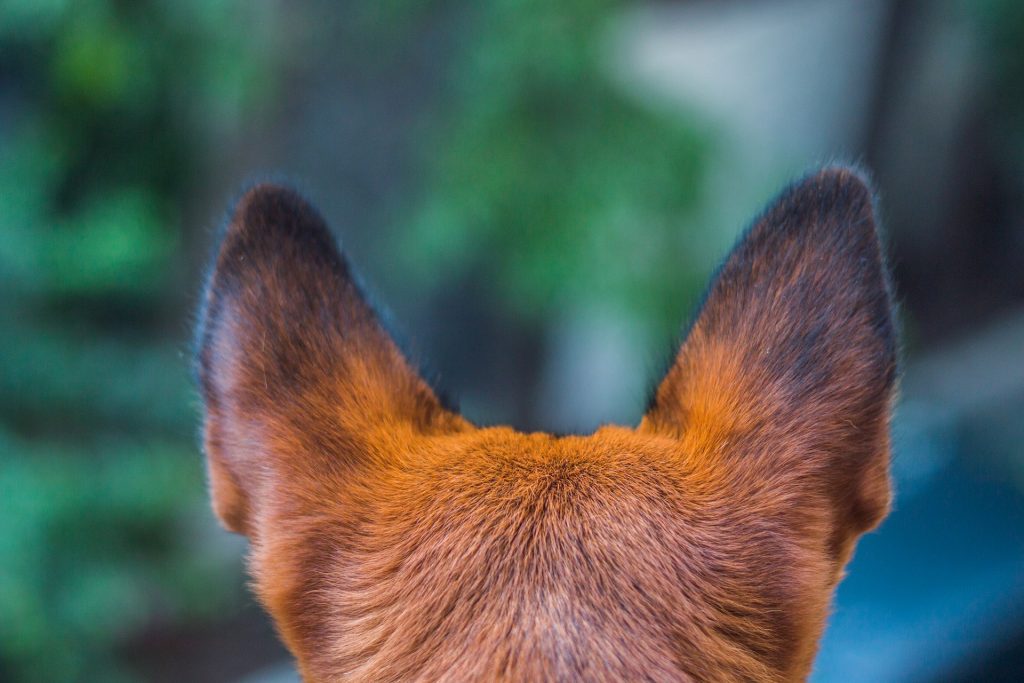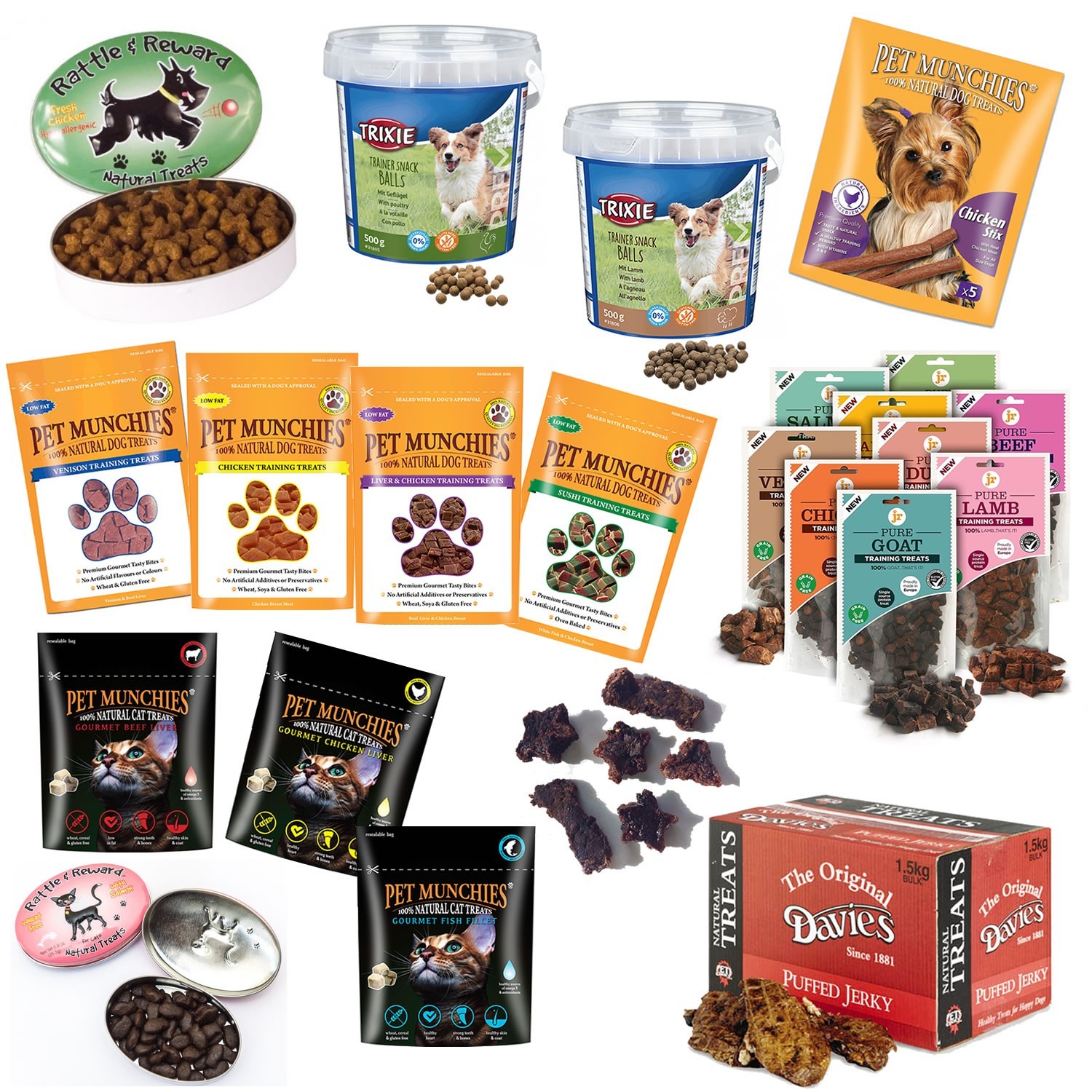
Left to right, Rattle and Reward Treats for Dogs, Trixie Trainer Snack Poultry Balls, Trixie Trainer Snack Lamb Balls, Pet Munchies Stix, Pet Munchies Training Treats, JR Pure Training Treats, Pet Munchies Natural Cat Treats, Homemade liver and garlic treats, Rattle and Reward Natural Treats for Cats, Davies Puffed Jerky
What not to use
There are a wide variety of ‘training’ treats available on the market and whilst many of them are no doubt tasty and tempting for your dog, not all really deserve that name. We take a look at some of the best-known dog treats and give our honest opinion of them from a training perspective.
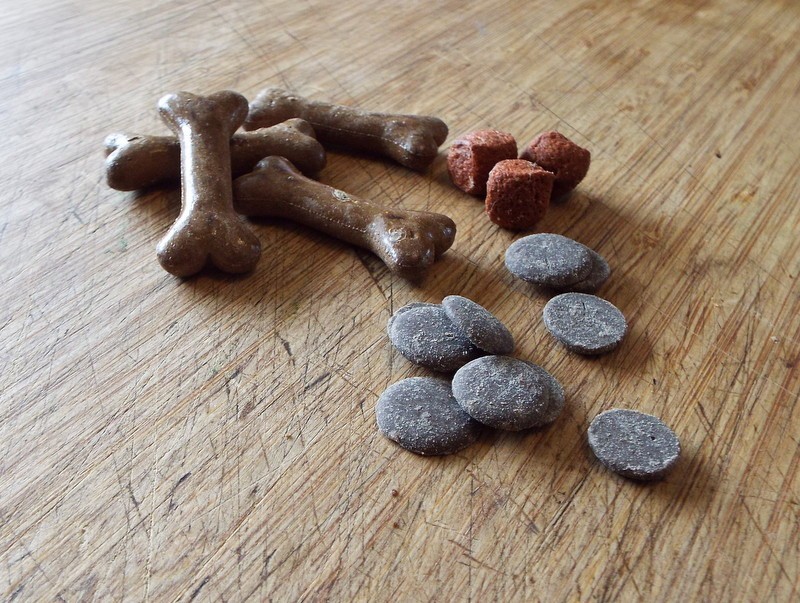
Unsuitable training treats
A few years ago, when we ran our own training classes, one of the biggest problems we encountered was owners bringing inappropriate treats to the class. When training a dog, whether it be clicker training or not, a treat must be large enough to be seen, but small enough to be consumed quickly so that you can reward and carry on. Munching on a biscuit for a few minutes is not the best way to achieve results, and large quantities of unsuitable treats can result in weight gain.
But not only must a treat be small, it must also be palatable, tempting and motivate your dog.
From our own experience, we found the very best treats which worked on 99% of our client’s dogs were our homemade liver and garlic treats. We would buy a whole cows liver, cut it into tiny pieces, around the size of a fingernail, sprinkle it with garlic and then nuke it in a microwave until it was dried but not crunchy; you could still squash it between finger and thumb. Where that failed, tuna cake would be the answer.
For those not wishing to go to such lengths, we have tested many of the commercially available treats and with the willing help of our own dogs have come up with the best ones for the job.
Our testing results
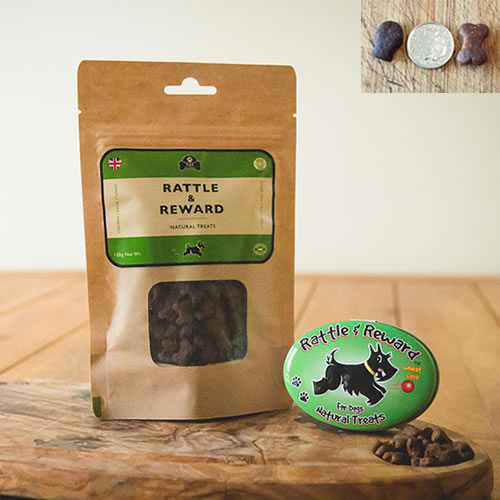
Rattle and Reward. Actual size of treats compared with a 5p coin
Rattle and Reward Treats for Dogs are now available in both poultry and fish flavours, but whichever flavour you choose, your dog is sure to love them. They are natural, grain-free and come in a variety of sizes. The small bone or fish shapes are actually not a bad size for training. However, the one drawback with them is they are crunchy, so they take a few moments longer to eat.
Handling: Slightly greasy, hard treats
Ease of Use: Easy to get a grip on and dispense
Palatability: Our dogs love both flavours
Motivation: The dogs are very happy to work for them
Training Treat (TT) Rating 6/10
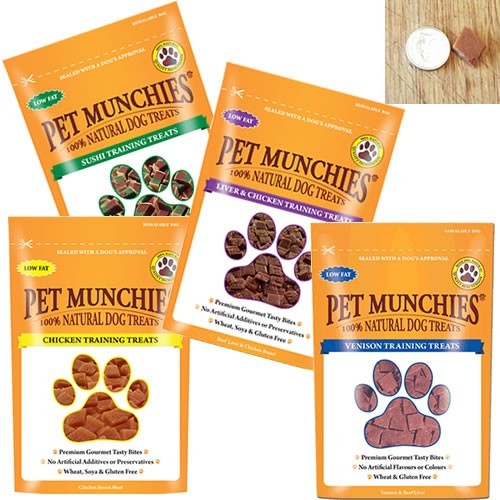
Pet Munchies Training Treats. Actual size of treat compared with a 5p coin.
Pet Munchies Training Treats are available in five different flavours, Liver and Chicken, Chicken, Duck, Venison and Sushi. These 100% natural dog treats are low fat. They proved popular with our dogs who were eager to eat them. The pieces are just a tiny bit too big to be ideal, and the Sushi treats are slightly larger than the others, but they are soft and easily consumed.
Handling: Soft and pliable, flat treats, apart from the Sushi which cube-shaped
Ease of Use: Not that easy to get a grip on a single treat
Palatability: The Sushi ones were very popular
Motivation: The dogs were keen to work for them
TT Rating 7/10
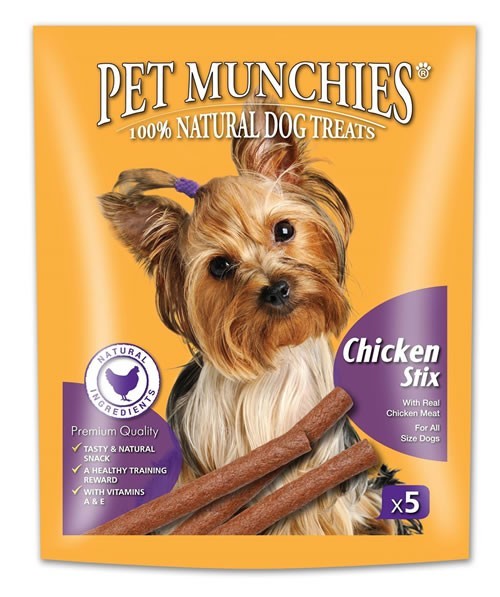
Pet Munchies Chicken Stix
The second offering from Pet Munchies isn’t strictly a training treat, but we have to confess that we used them throughoutToby’s training classes. Pet Munchies Gourmet Stix Dog Treats are 100% natural and tasty too, judging by how keen Toby was. They don’t fit the profile of the perfect training treat, but they are soft and chewy, and we cut them up into very small pieces before every training session. So they do require some work, but if you get the size right, they make an excellent reward worth working for.
Handling: Soft, pliable treats that tended to dry out if left for a few days after cutting
Ease of Use: They had to be cut to the right size (this takes some experimentation) before each training session
Palatability: The Chicken Stix are loved by all our dogs
Motivation: Toby went through all his training classes using these treats
TT Rating 4/10
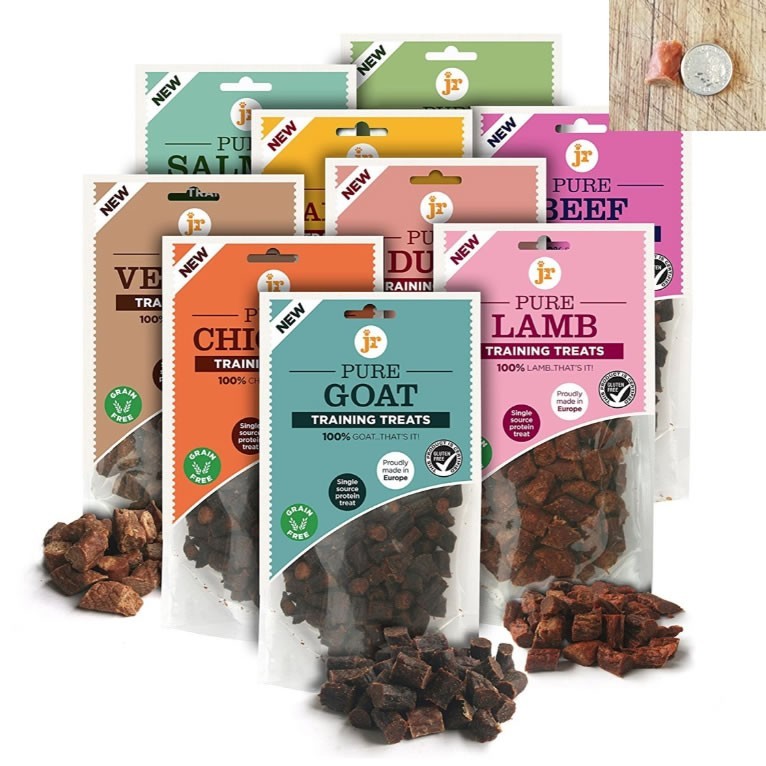
JR Pure Training Treats. Actual size compared with a 5p coin.
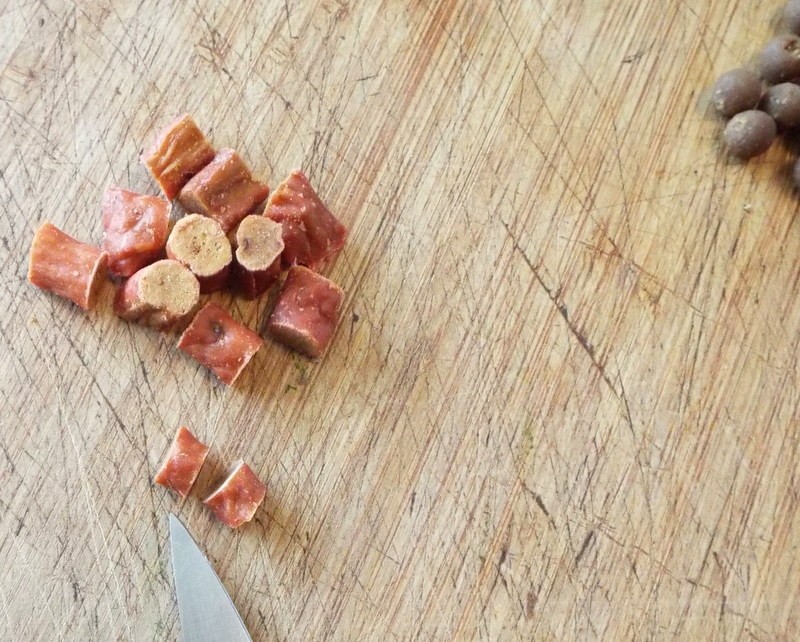
These treats are too big straight from the packet
JR Pure Meat Training Treats for Dogs are 100% meat, a single source protein and grain-free. Great if your dog has allergies as you know exactly what they’re getting. They come in a huge variety of flavours so there should be something for everybody. These treats are a nice consistency, but they are too big for training treats. Cutting them in half, produces a treat around the right size.
Handling: Firm, dry but pliable and easy to grip
Ease of Use: Each one would need to be cut in half to be a good size for a training treat
Palatability: They don’t have a strong odour and we found the dogs inspected them thoroughly the first time they were offered
Motivation: Once they had the first taste, they were keen for more
TT Rating 6/10
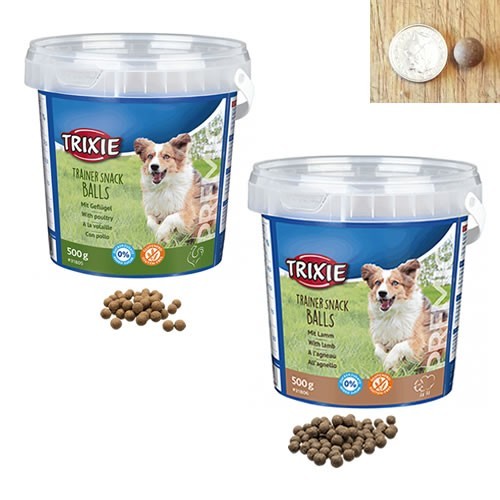
Trixie Trainer Snack Poultry Balls. Actual size compared with a 5p coin.
The Trixie Trainer Snack Balls in poultry and lamb flavours are gluten-free, with 80% meat content and no added sugar. They are soft rather than crunchy and are the perfect size for a training treat, so can be consumed in a flash. Probably the best size of training treat we have ever come across. Available in 500g tubs.
Handling: Very small soft treats
Ease of Use: Because of the round shape, easy to get a grip on and dispense
Palatability: We’re not sure if the dogs actually got a taste before swallowing
Motivation: The size of the treat left them eager for more
TT Rating 8.5/10
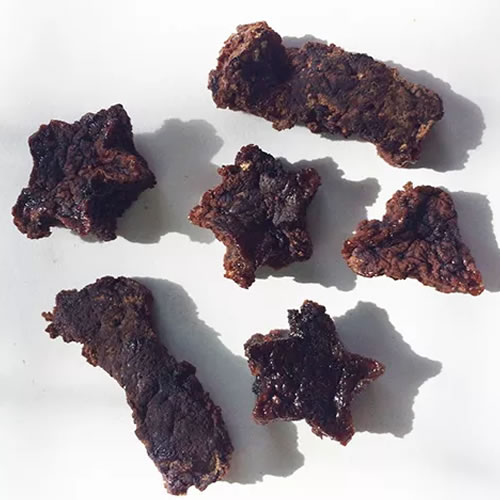
Homemade liver treats
There are dozens of different recipes for liver treats and liver cake, and if you have the time and want to create your own dog treats, this is the way forward. Liver cake can be crumbly and difficult to cut into small enough pieces but chopped liver can either be baked in a low oven until it dries out, or in a microwave if you don’t have much time, or better still, use a dehydrator. All the goodness of the liver is retained, and your dogs will love them. A sprinkling of garlic before cooking will make them pungent and irresistible.
Handling: Can be messy and smelly
Ease of Use: There is effort involved in making them and they need to be refrigerated
Palatability: 99% of dogs love them
Motivation: Dogs will work hard to earn these treats
TT Rating 9.5/10
Jackpot Joy
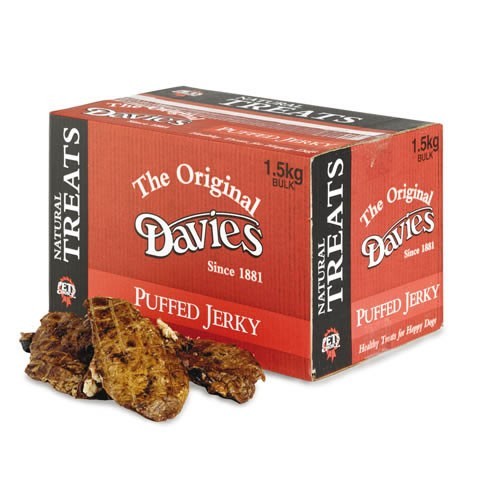
Puffed Jerky
One other thing to consider, especially with clicker training is the ‘jackpot’ treat. The one where the dog does so well that a tiny treat is just not enough. This can be larger and can take longer to consume, just to ensure that they know they’ve done really well. We use Davies Puffed Jerky Dog Treat, which is basically dried lungs. This is quite simply the best ever jackpot treat we have come across and our dogs will jump through hoops for it, literally! It is best saved for special moments or to reinforce an outstanding behaviour.
Handling: Slightly greasy
Ease of Use: Easy to snap into bite-sized chunks
Palatability: The dogs adore it
Motivation: Will encourage and reward the dog in equal measures
TT Rating 10/10
All of these dog treats have been tested on our dogs with differing results. Some were more popular than others, but one thing we did notice was that if one liked them, the others generally did too. It is essential when training to find something that your own dog likes and will motivate them. This may take some experimentation with different treats until you find the one(s)! And if your dog is prone to food allergies do ensure that you check the ingredients carefully. Just because something is called a ‘lamb’ treat doesn’t mean that it is exclusively lamb!
And remember if you are training, do adjust their main meal(s) accordingly to take into account the number of treats you are feeding.
Training your Kitten or Cat
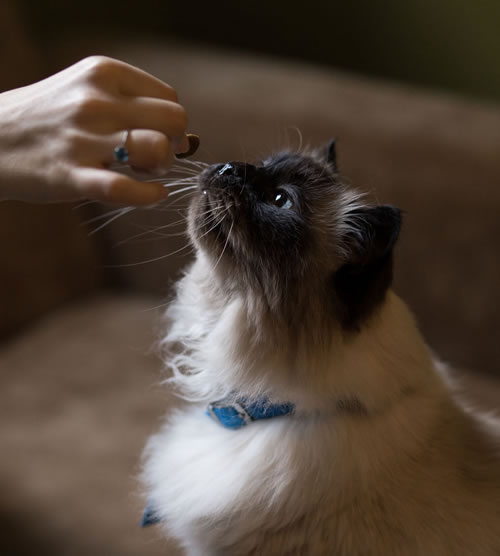
Train your kitten or cat before mealtimes, as a food reward won’t be so enticing on a full stomach
And don’t just treat your dogs; cats can be trained and treated too. Although training is more traditionally associated with dogs, you can also teach your cat a few tricks and reward them with cat treats! Your feline can learn to recognise their name and come to you when you call them. To help your pet pick up these skills, it’s important to train your kitten from an early age and as soon as possible, but just like dogs, you can teach an old cat new tricks, especially with the right motivation!
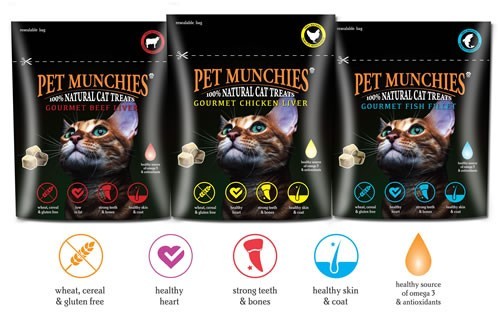
Pet Munchies 100% Natural Cat Treats
These Pet Munchies 100% Natural Cat Treats were a great hit with a cat-owning pal, particularly the Gourment Fish Fillet which proved to be the paws-down winner! The small, bitesize pieces are highly tasty and ideal as a training snack or just for pleasure.
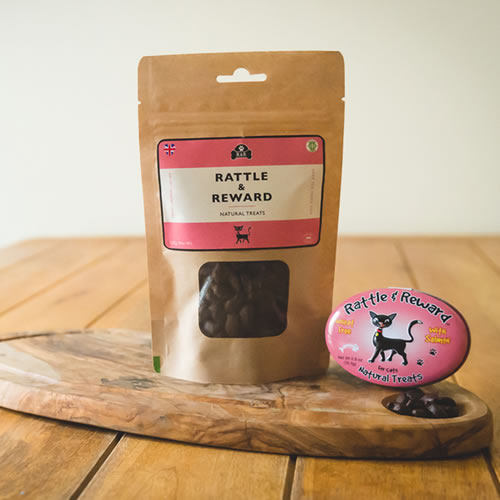
Rattle and Reward Natural Treats for Cats
How many times have you been calling your cat at the back door? With Rattle & Reward Natural Treats for Cats, there’s a healthy way of calling them home. Perfect for training them to behave that little bit better or just a delicious healthy treat for any time of the day (or night)! Available in 30g, 270g tins or refill pouches.
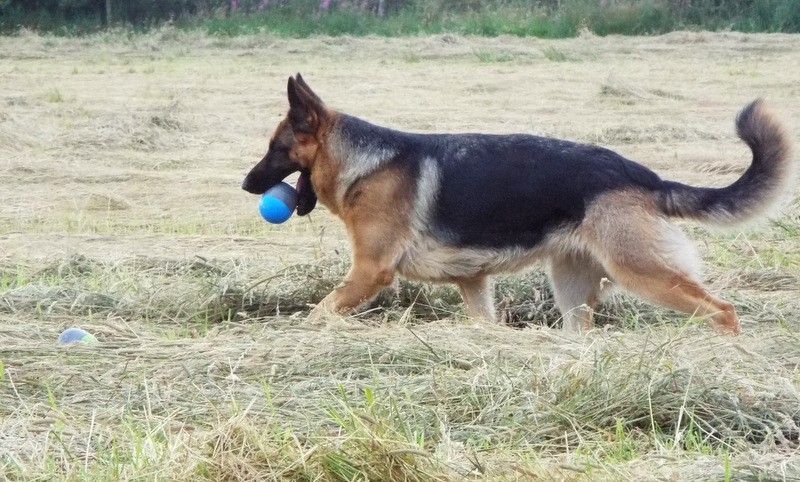
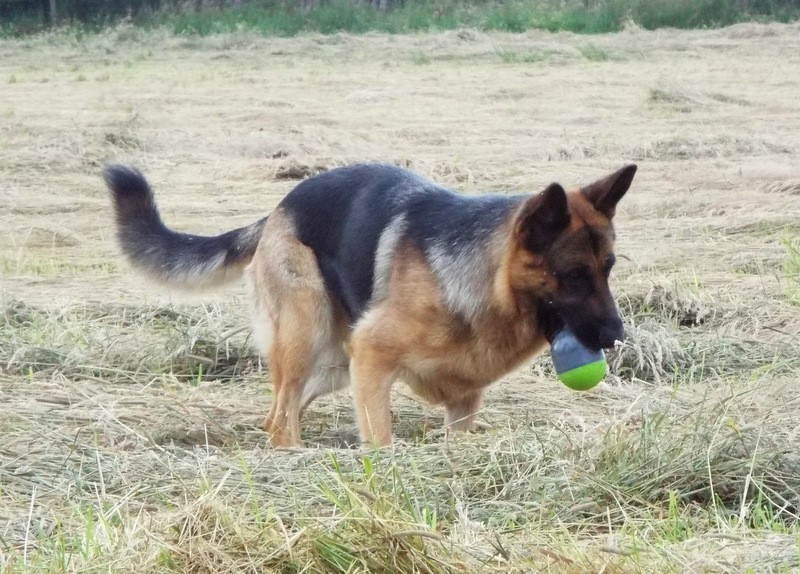
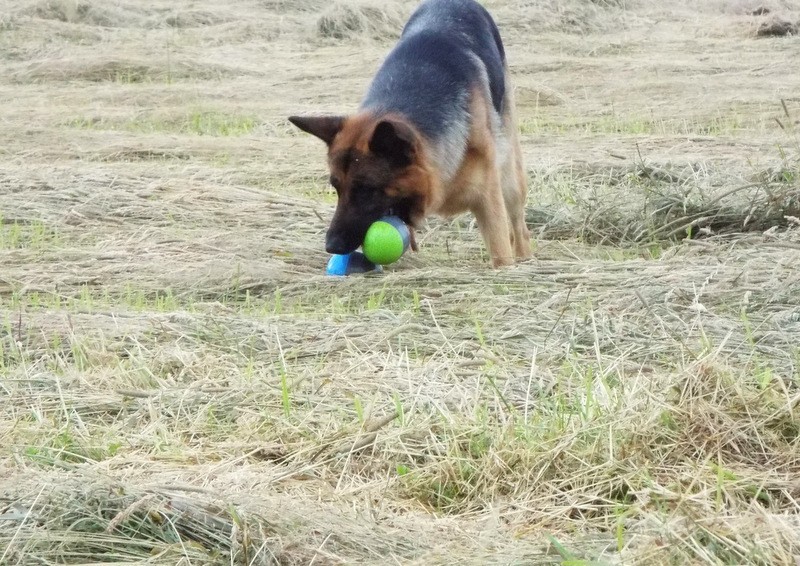


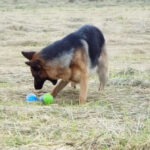
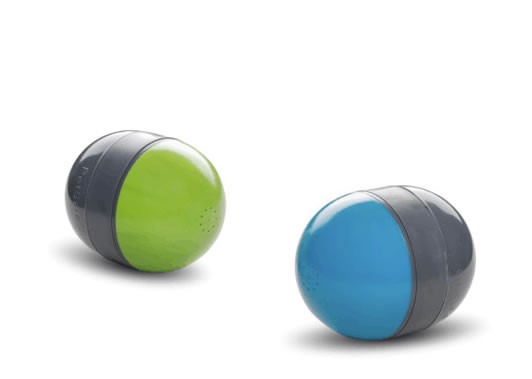
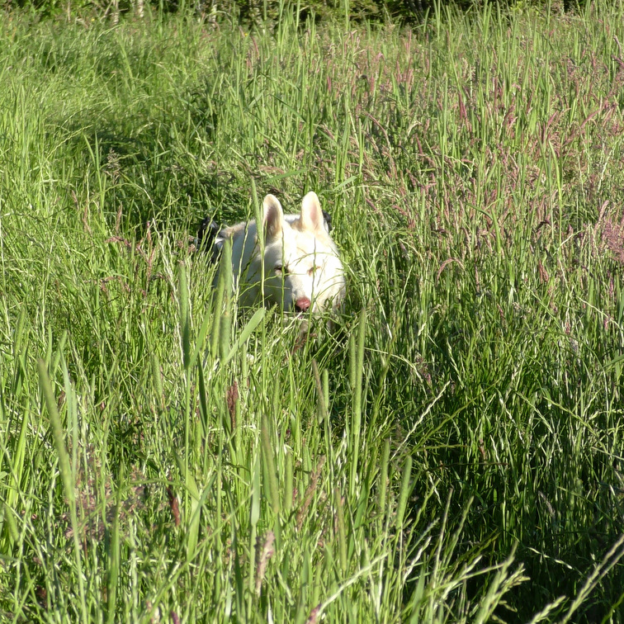
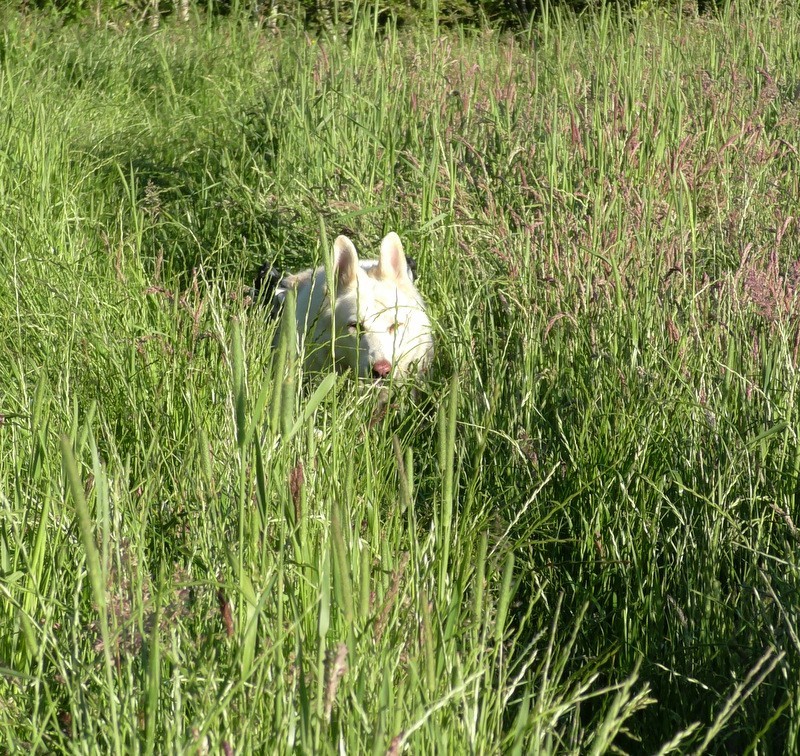
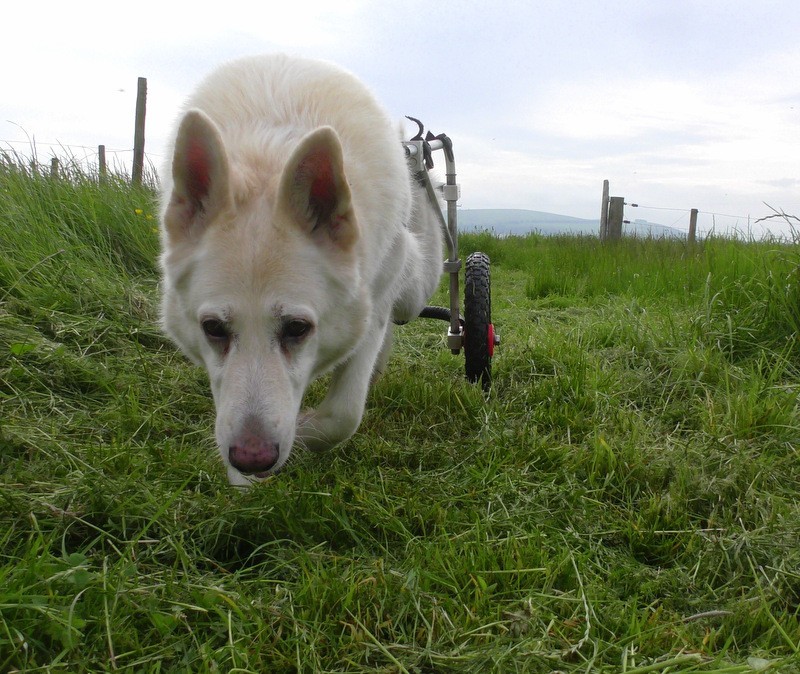

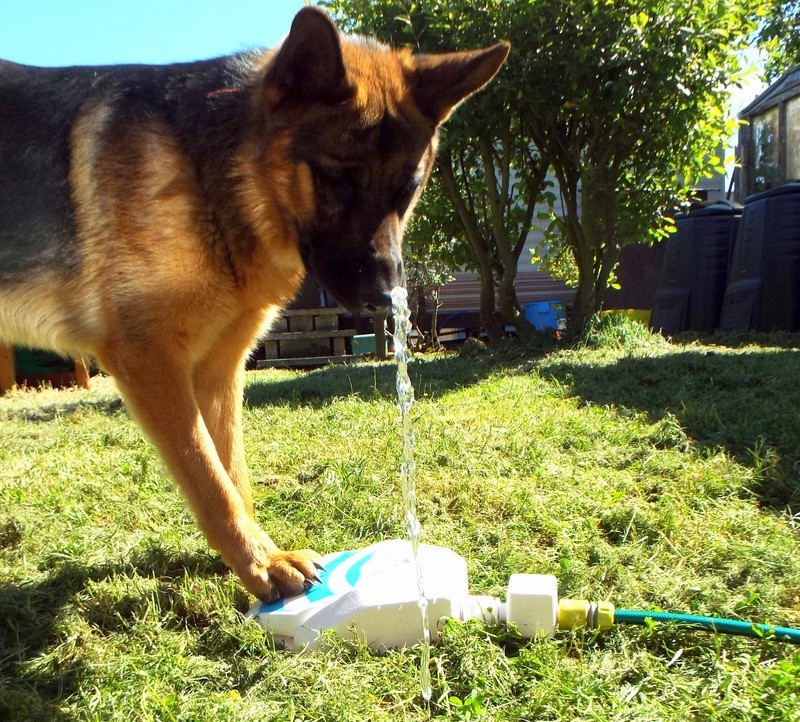
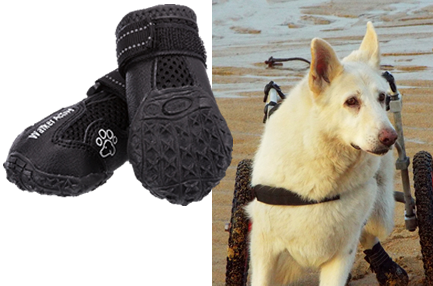
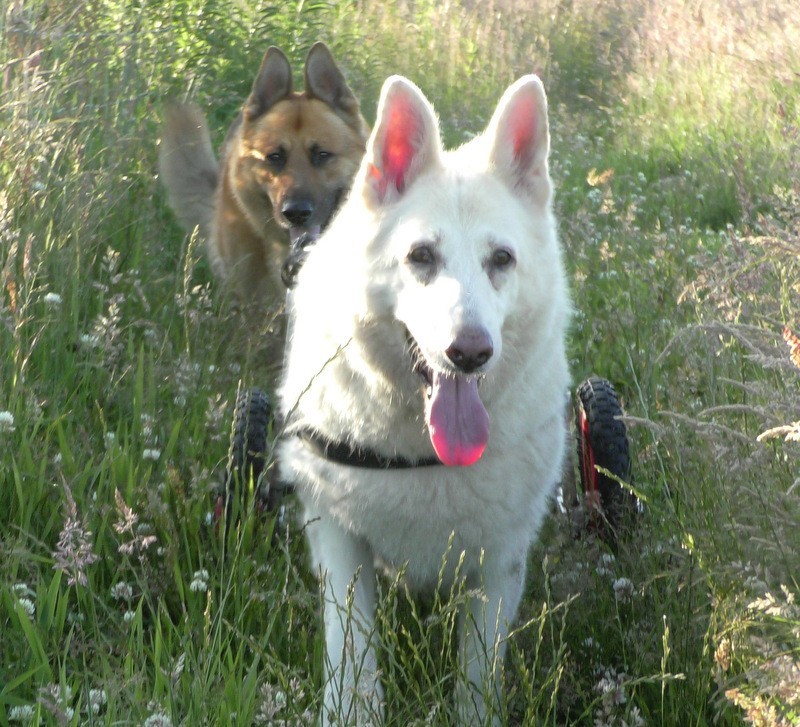
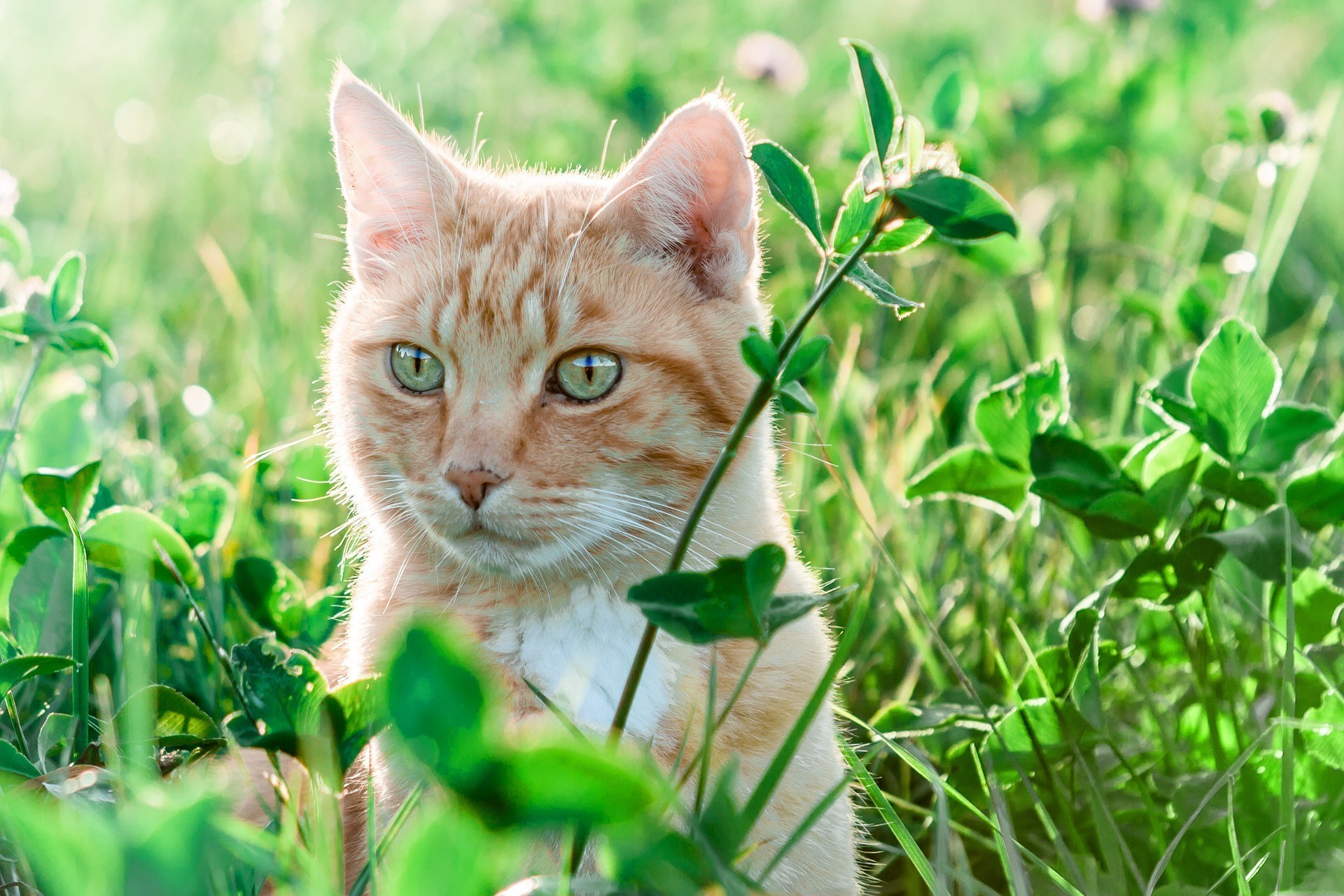
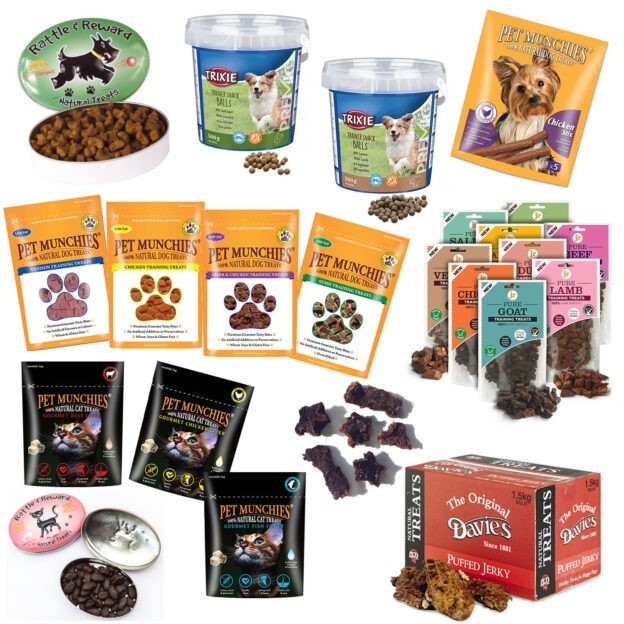













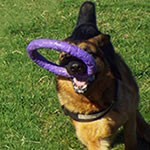

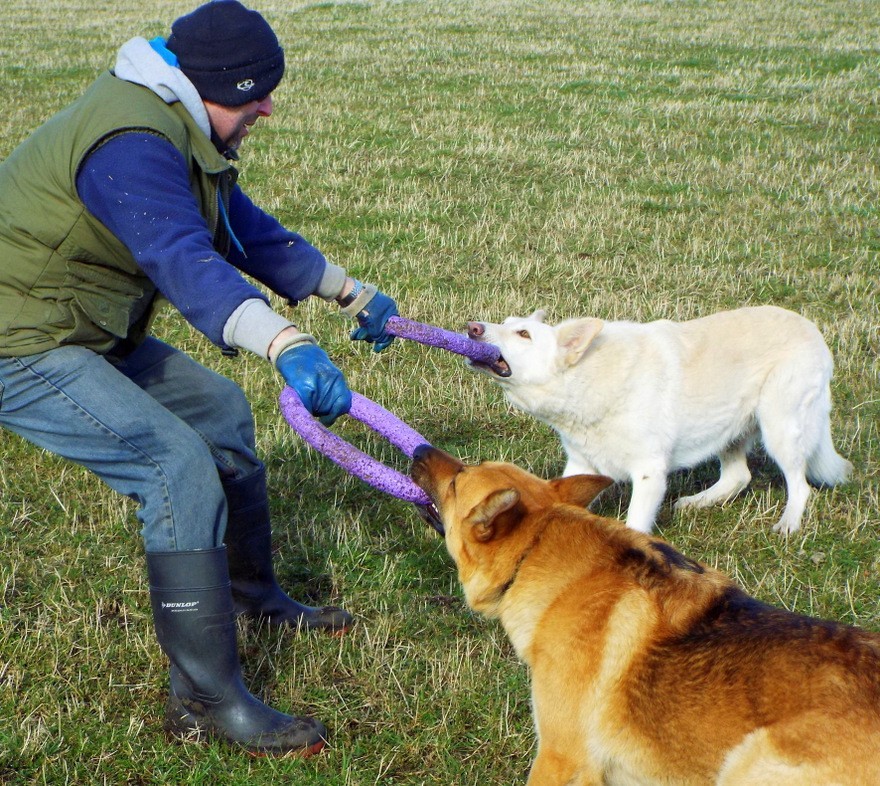
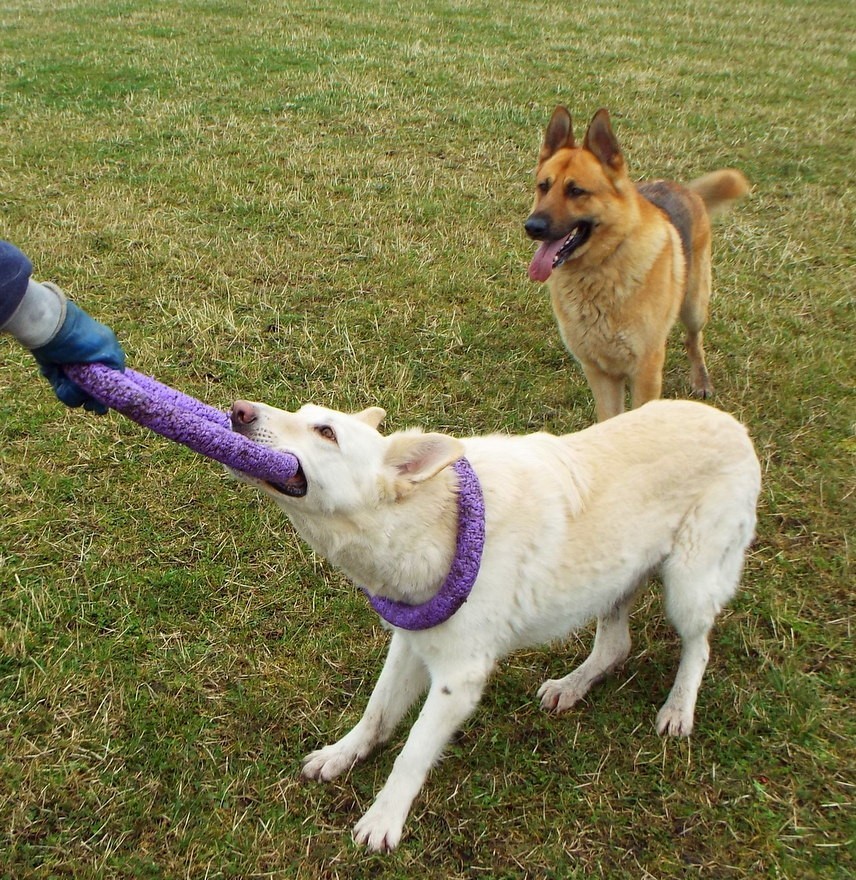
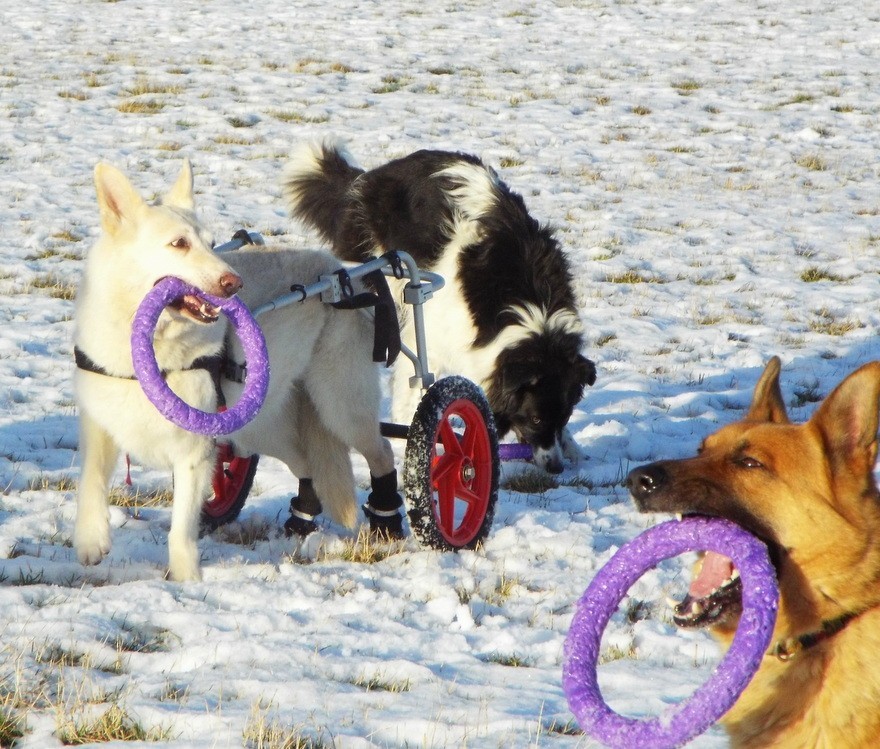
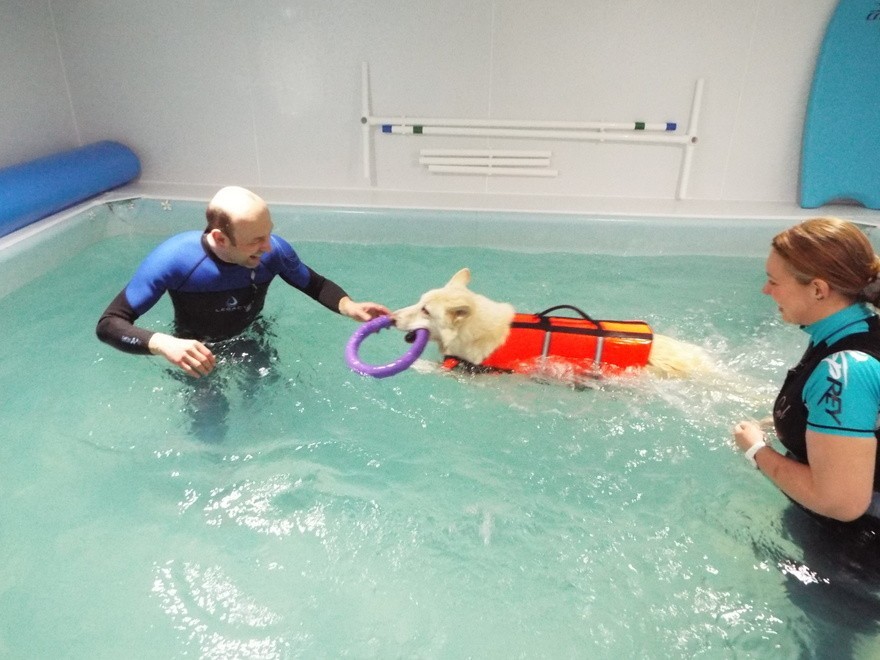
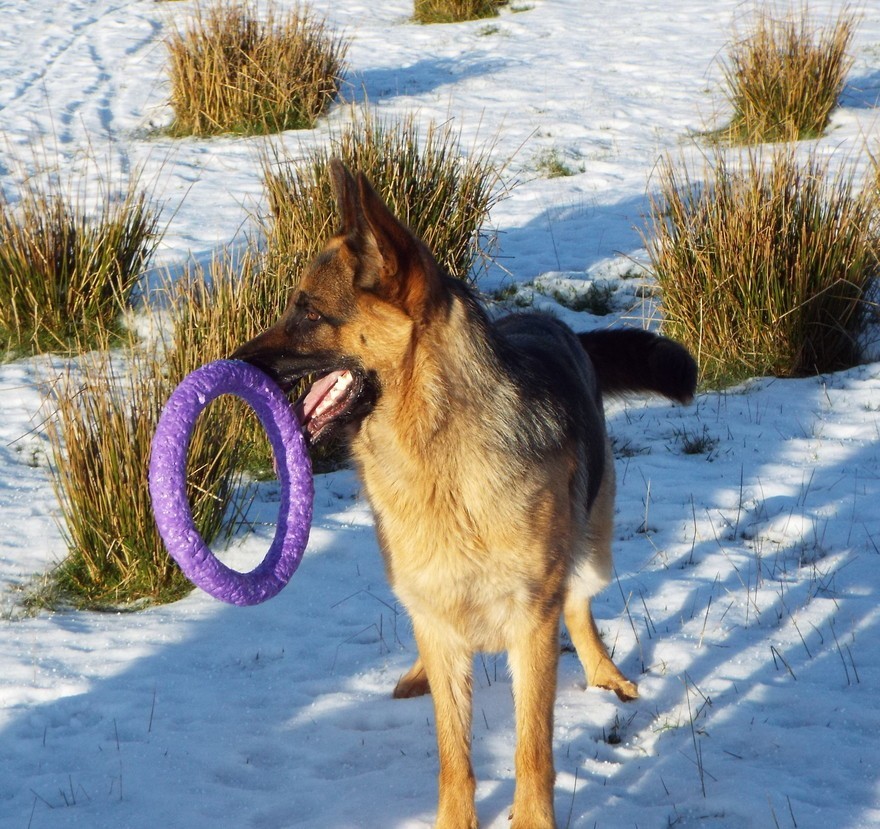
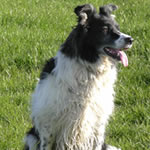
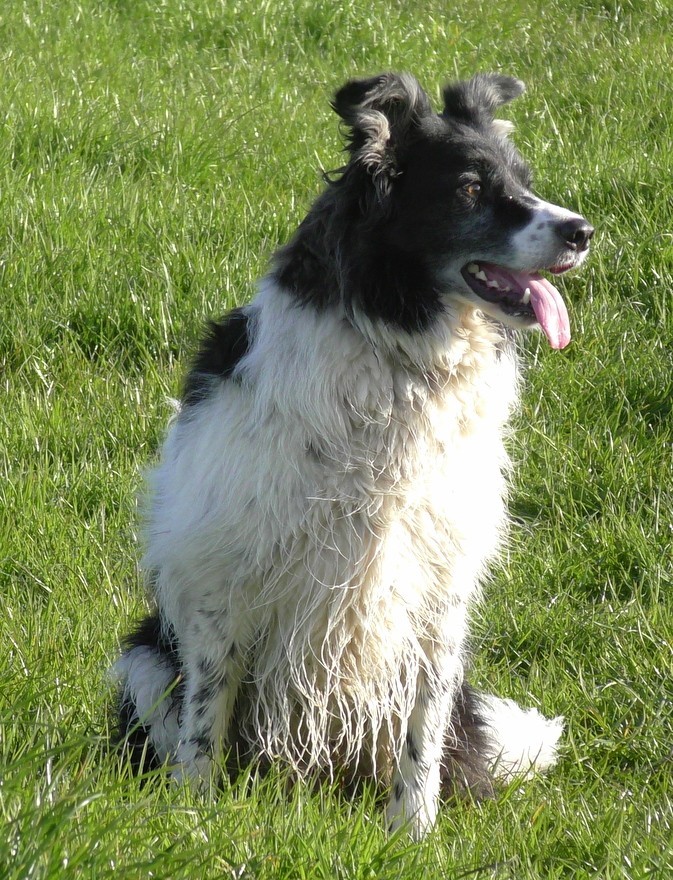

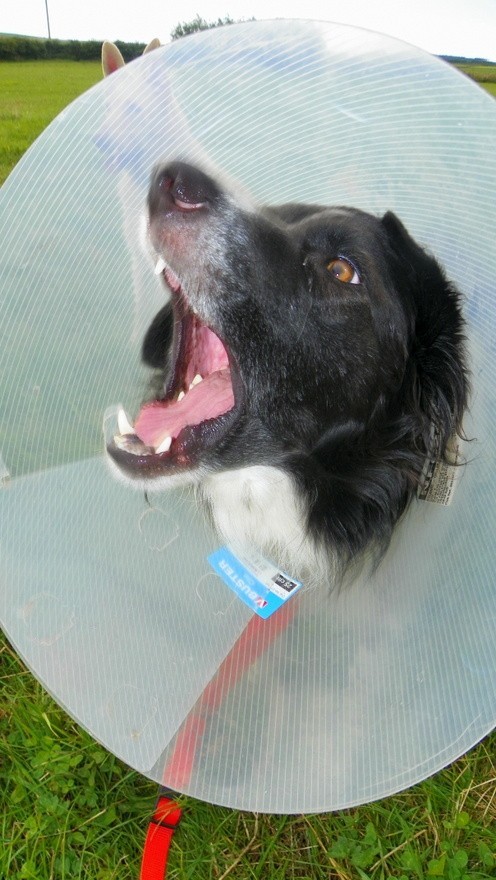

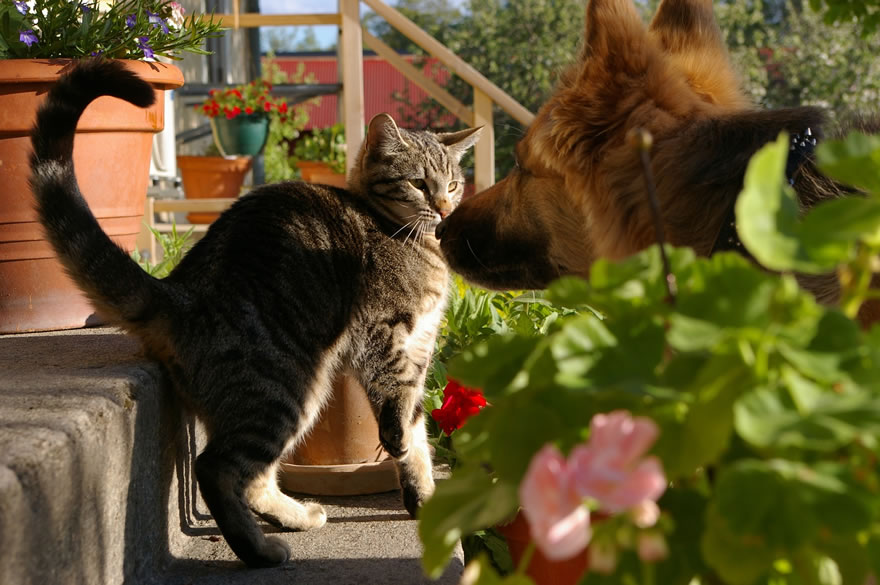
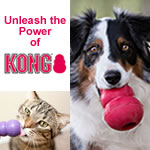
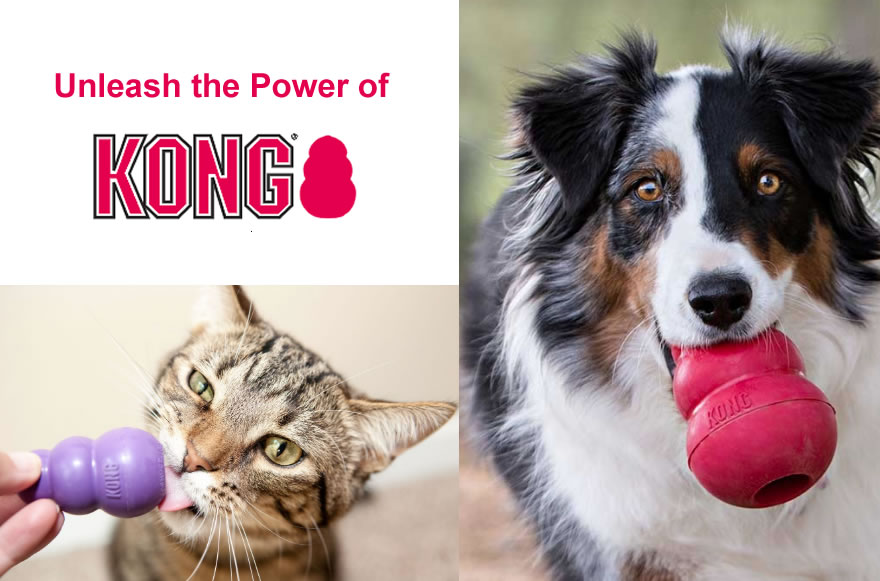
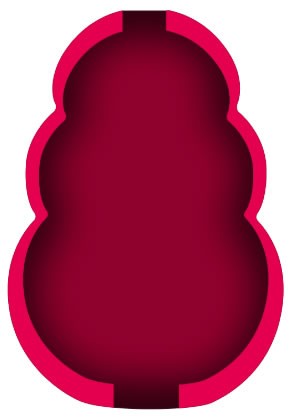
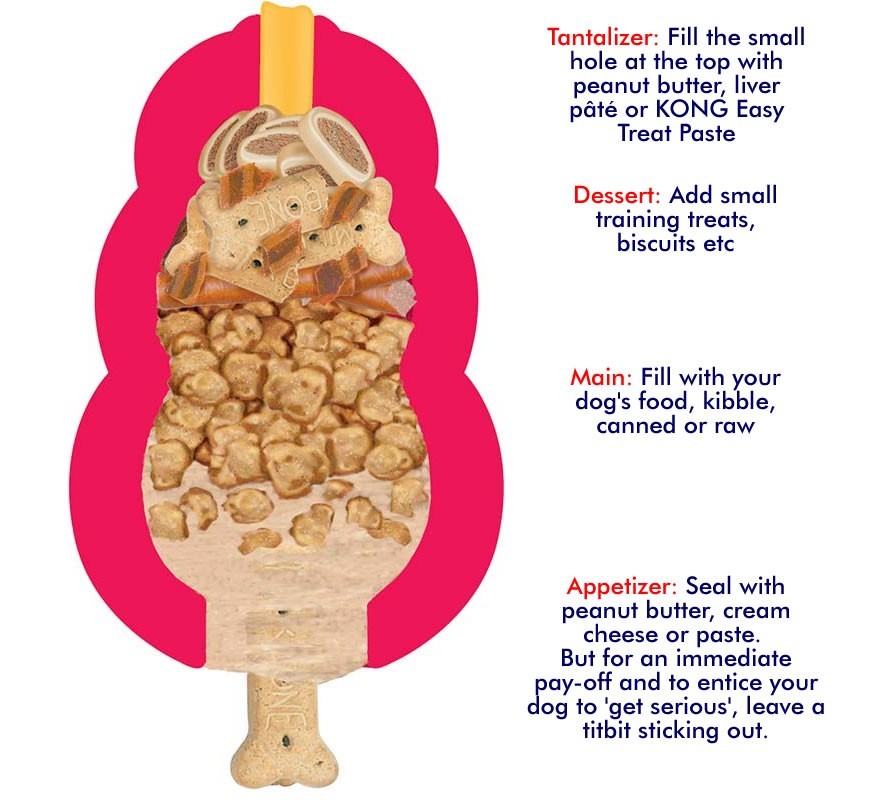
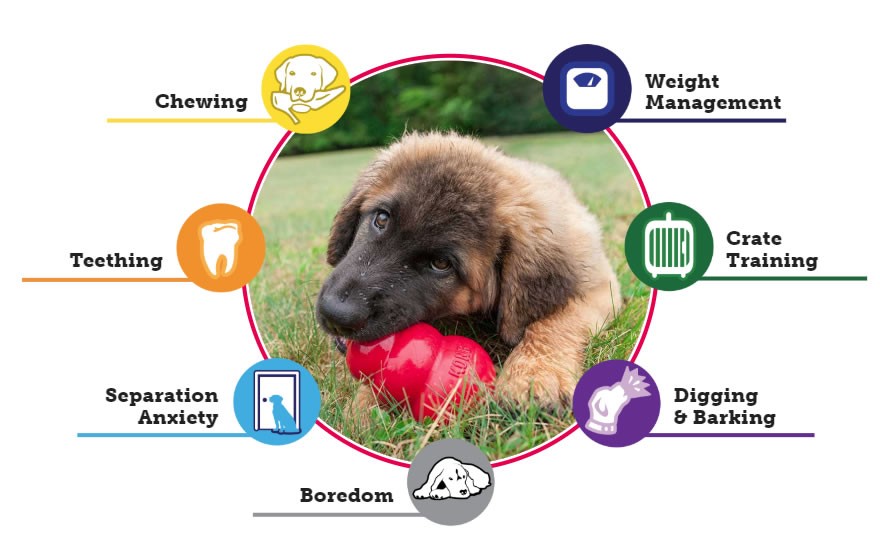
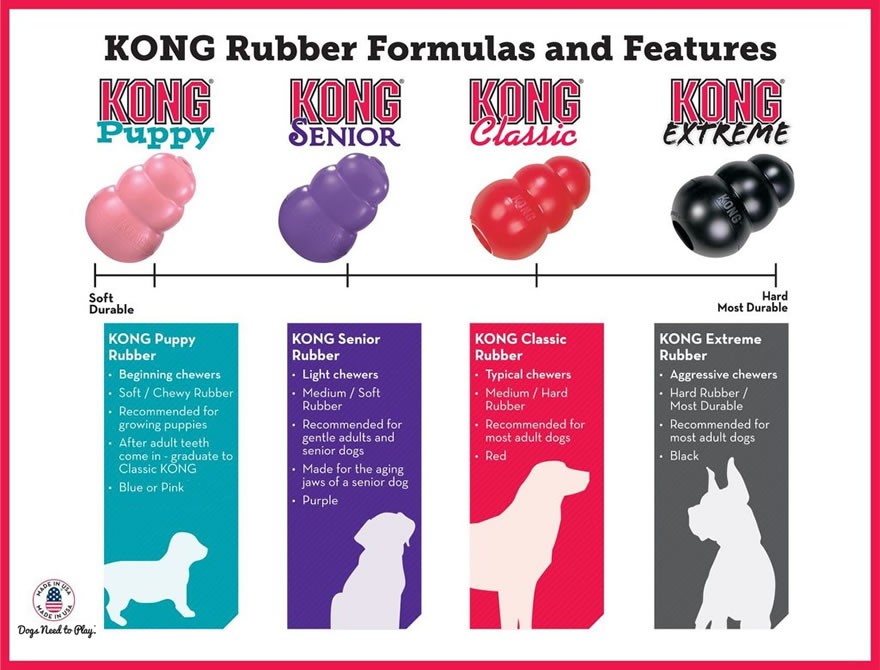
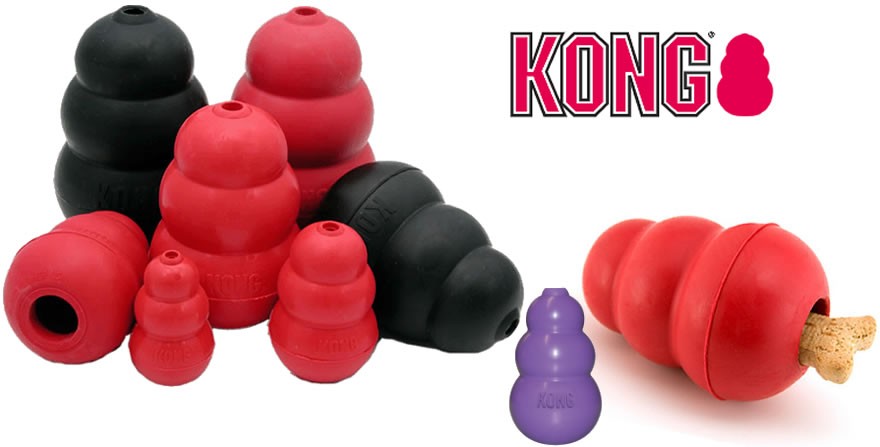
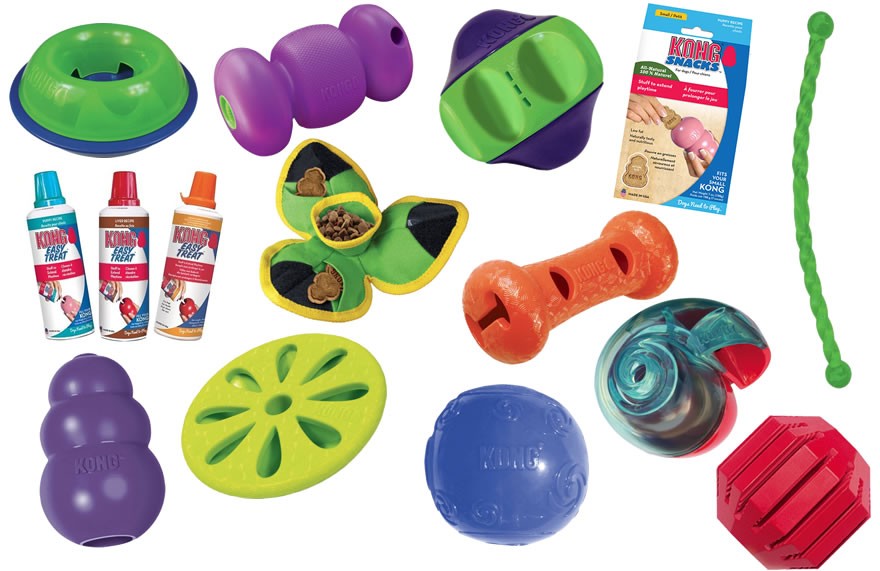
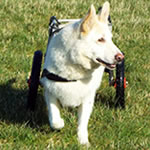
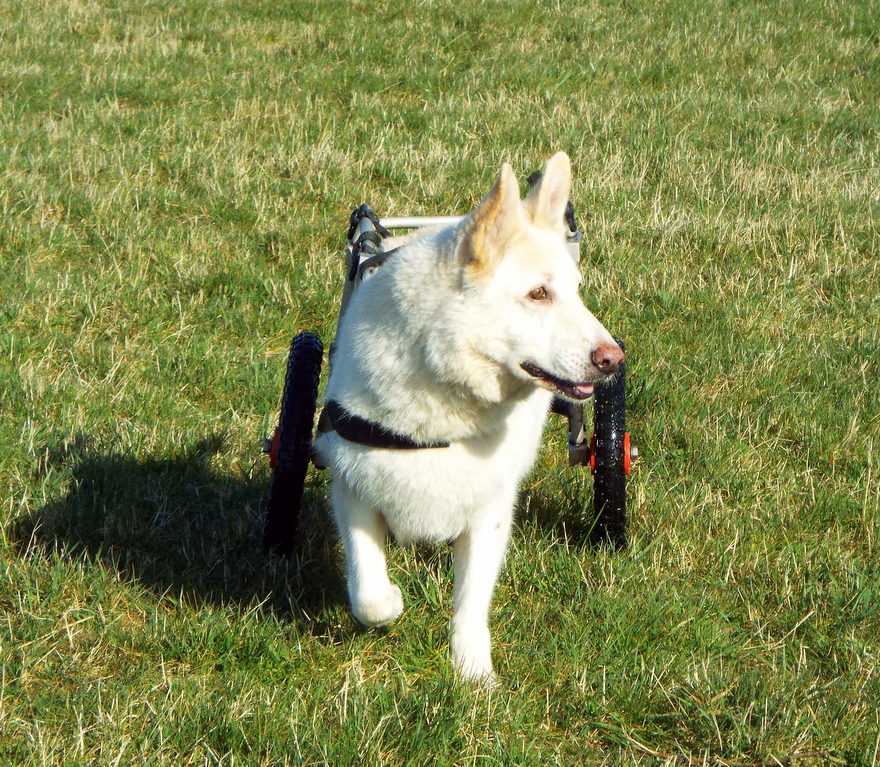
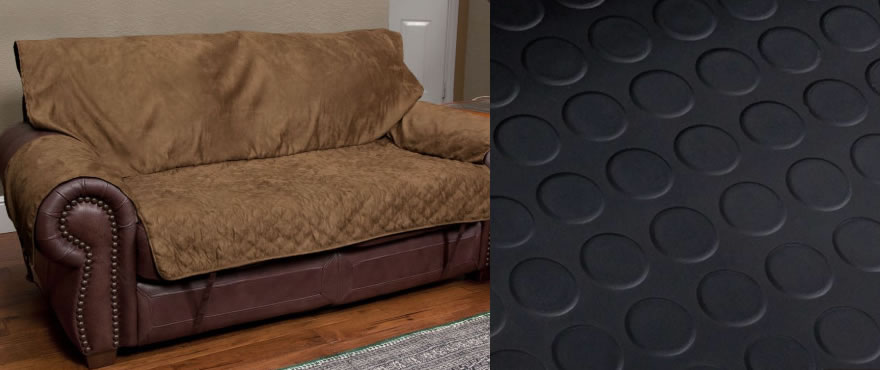
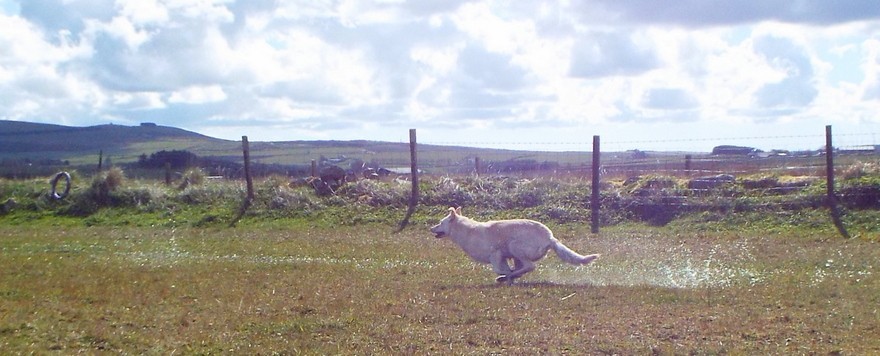
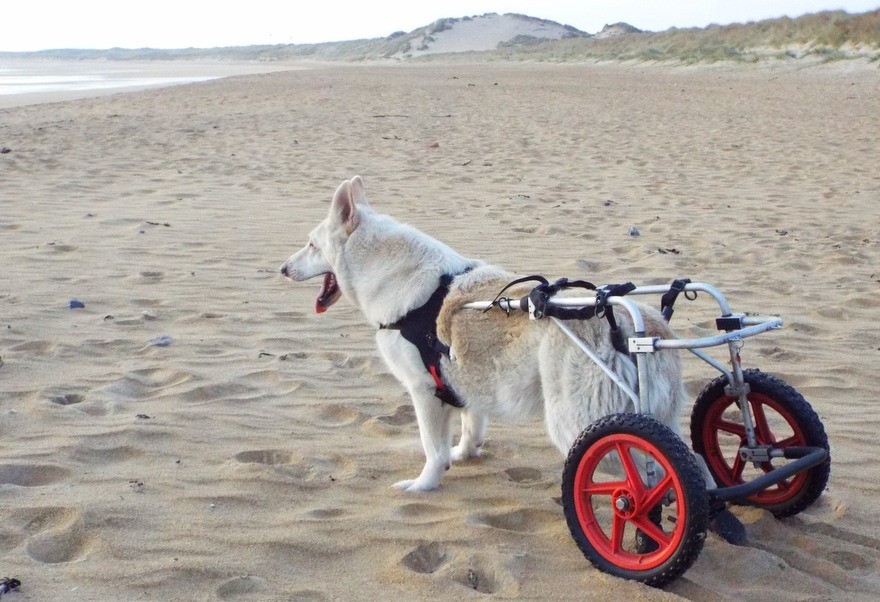

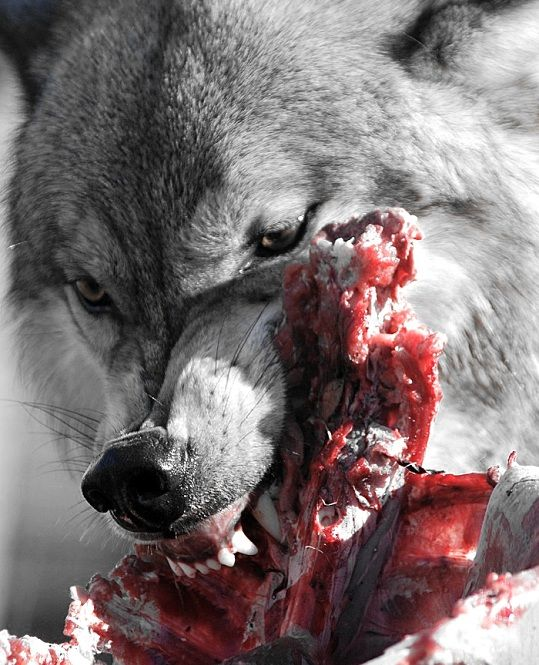
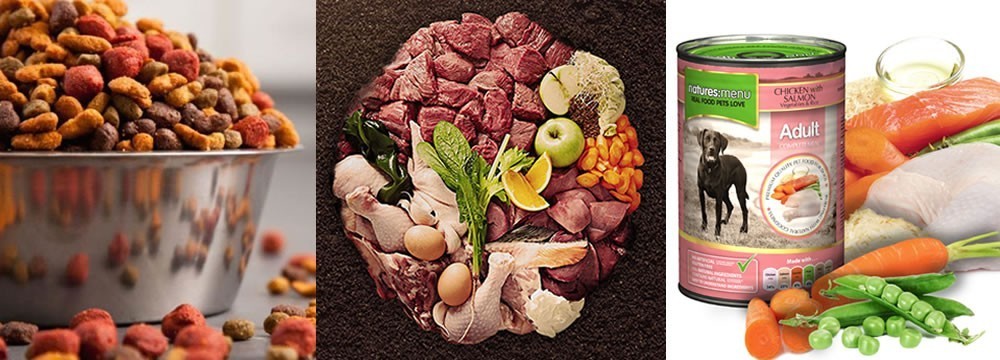
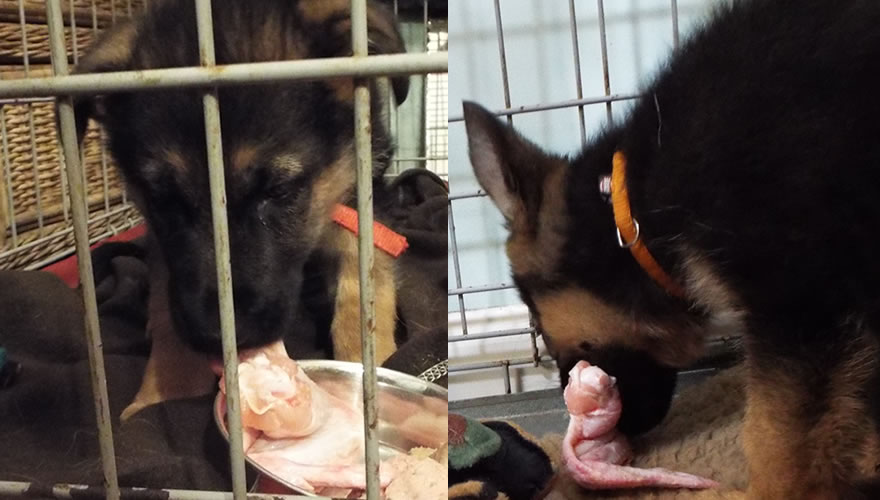
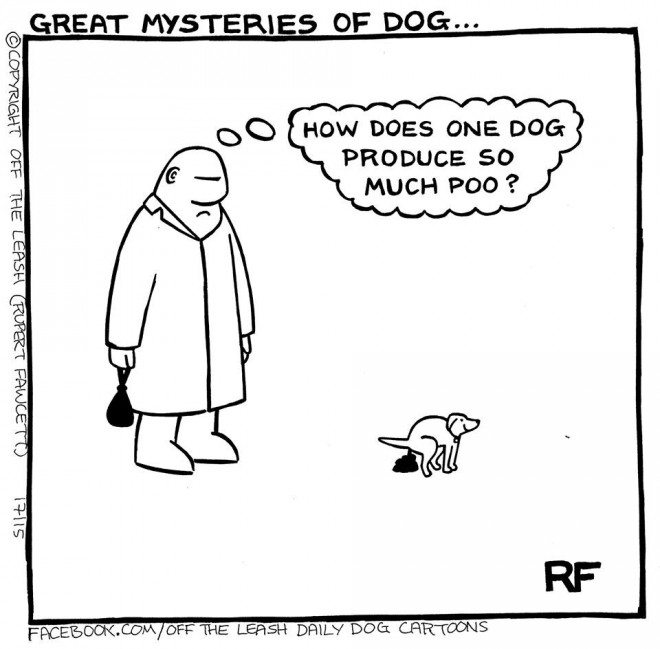
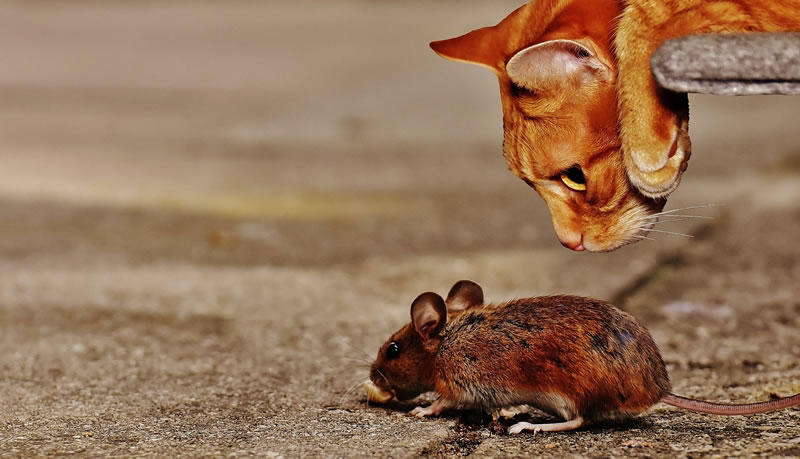
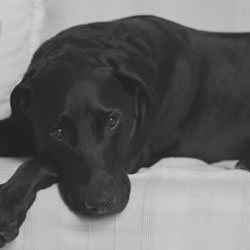
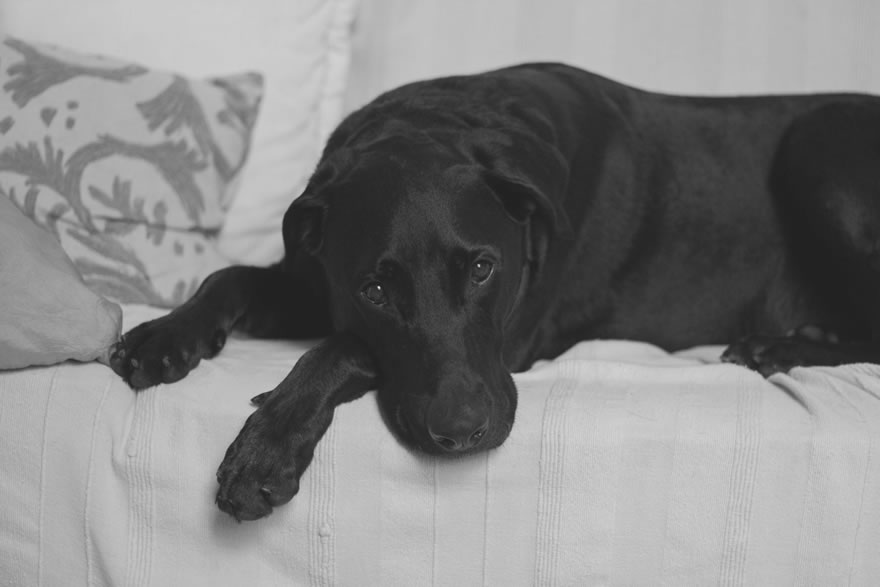
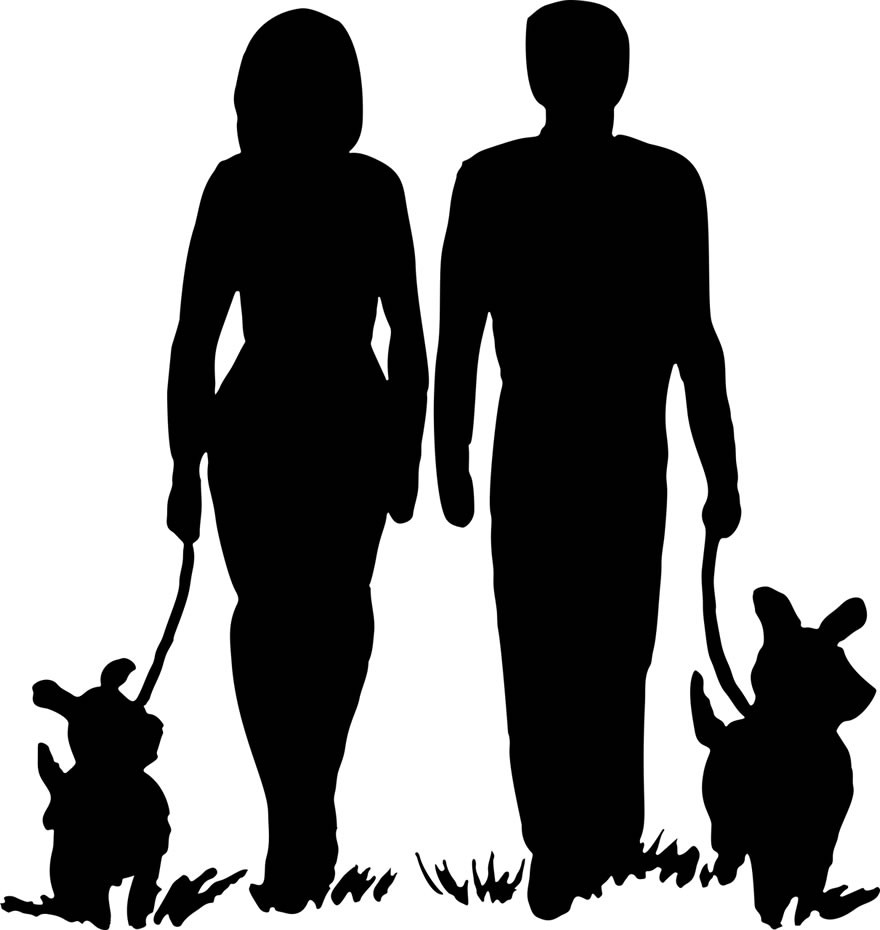 But before we all rush out and get started, another factor we may want to consider, especially in the colder weather is the ‘warm-up’, which can be important if your daily walk involves chasing a ball, flying disc, or in our case, the
But before we all rush out and get started, another factor we may want to consider, especially in the colder weather is the ‘warm-up’, which can be important if your daily walk involves chasing a ball, flying disc, or in our case, the 